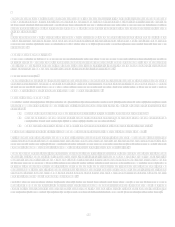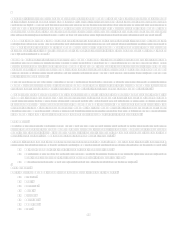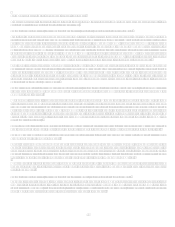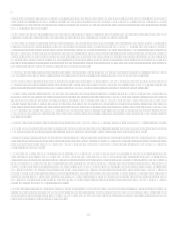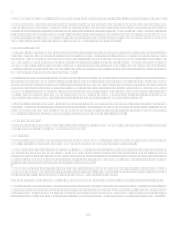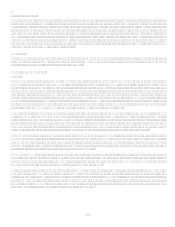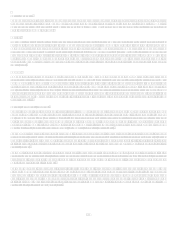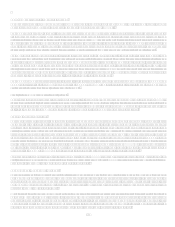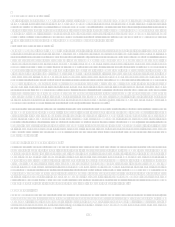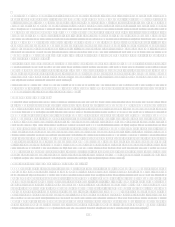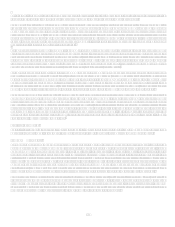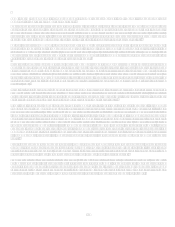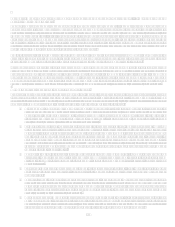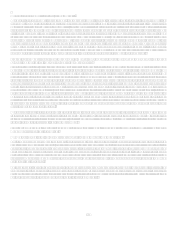Capital One 2008 Annual Report Download - page 32
Download and view the complete annual report
Please find page 32 of the 2008 Capital One annual report below. You can navigate through the pages in the report by either clicking on the pages listed below, or by using the keyword search tool below to find specific information within the annual report. 14
FDIC Temporary Liquidity Guarantee Program
On October 14, 2008, the FDIC announced its Temporary Liquidity Guarantee Program (TLGP), which is comprised of the Debt
Guarantee Program (DGP) and the Transaction Account Guarantee Program (TAGP).
The TAGP provides unlimited deposit insurance coverage through December 31, 2009, for non-interest bearing transaction accounts
(including accounts swept from a non-interest bearing transaction account into a non-interest bearing savings deposit account) and
certain interest-bearing accounts (negotiable order of withdrawal (NOW) accounts with interest rates of 0.5 percent or less and
lawyers trust accounts) at FDIC-insured depository institutions. Depository institutions participating in the TAGP will be assessed, on
a quarterly basis, an annualized 10 basis points fee on the balance of each covered account in excess of the existing FDIC deposit
insurance limit of $250,000 that was established on a temporary basis by the Emergency Economic Stabilization Act of 2008.
The DGP provides an FDIC guarantee of certain senior unsecured debt of FDIC-insured institutions and their holding companies. The
unsecured debt must be issued on or after October 14, 2008 and not later than October 31, 2009, and the guarantee is effective through
the earlier of the maturity date or June 30, 2012. The DGP coverage limit is generally 125% of the eligible entitys eligible debt
outstanding on September 30, 2008 and scheduled to mature on or before June 30, 2009 or, for certain insured institutions, 2% of their
liabilities as of September 30, 2008. The proceeds of debt guaranteed under the DGP may not be used to prepay debt that is not
guaranteed by the FDIC. Depending on the term of the debt maturity, the nonrefundable DGP fee ranges from 50 to 100 basis points
(annualized) for covered debt outstanding until the earlier of maturity or June 30, 2012.
The TAGP and DGP are in effect for all eligible entities, unless the entity opted out on or before December 5, 2008. COBNA and
CONA are participating in the TAGP. The Corporation, COBNA and CONA remain eligible to participate although the Company has
not chosen to issue any debt under the program in the DGP.
Liability for Commonly-Controlled Institutions
Under the cross-guarantee provision of the Financial Institutions Reform, Recovery and Enforcement Act of 1989 (FIRREA),
insured depository institutions such as the Banks may be liable to the FDIC with respect to any loss incurred or reasonably anticipated
to be incurred, by the FDIC in connection with the default of, or FDIC assistance to, any commonly controlled insured depository
institution. The Banks are commonly controlled within the meaning of the FIRREA cross-guarantee provision.
Subprime Lending Guidelines
On January 31, 2001, the federal banking agencies issued Expanded Guidance for Subprime Lending Programs (the Guidelines).
The Guidelines, while not constituting a formal regulation, provide guidance to the federal bank examiners regarding the adequacy of
capital and loan loss reserves held by insured depository institutions engaged in subprime lending. The Guidelines adopted a broad
definition of subprime loans which likely covers more than one-third of all consumers in the United States. Because our business
strategy is to provide credit card products and other consumer loans to a wide range of consumers, we believe that a portion of our
loan assets are viewed by the examiners as subprime. Thus, under the Guidelines, bank examiners could require COBNA to hold
additional capital (from one and one-half to three times the minimally required level of capital, as set forth in the Guidelines), or
additional loan loss reserves, against such assets. As described above, as of December 31, 2008 COBNA met the requirements for a
well-capitalized institution. Federal examiners, however, have wide discretion as to how to apply the Guidelines and there can be no
assurances that COBNA or CONA may not be required to hold additional regulatory capital against such assets.
For purposes of the Guidelines, we treat as subprime all loans in COBNAs programs that are targeted at customers either with a
Fair, Isaac and Company (FICO) score of 660 or below or with no FICO score. COBNA holds on average 200% of the total risk-
based capital requirement that would otherwise apply to such assets.
FFIEC Account Management Guidance
On January 8, 2003, the Federal Financial Institutions Examination Council (FFIEC) released Account Management and Loss
Allowance Guidance (the Guidance). The Guidance applies to all credit lending of regulated financial institutions and generally
requires that banks properly manage several elements of their lending programs, including line assignments, over-limit practices,
minimum payment and negative amortization, workout and settlement programs, and the accounting methodology used for various
assets and income items related to loans.
We believe that our account management and loss allowance practices are prudent and appropriate and, therefore, consistent with the
Guidance. We caution, however, that similar to the subprime Guidelines, the Guidance provides wide discretion to bank regulatory
agencies in the application of the Guidance to any particular institution and its account management and loss allowance practices.
Accordingly, under the Guidance, bank examiners could require changes in our account management or loss allowance practices in the
future, and such changes could have an adverse impact on our financial condition or results of operation.


